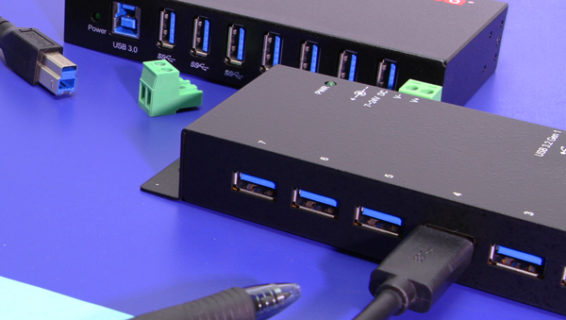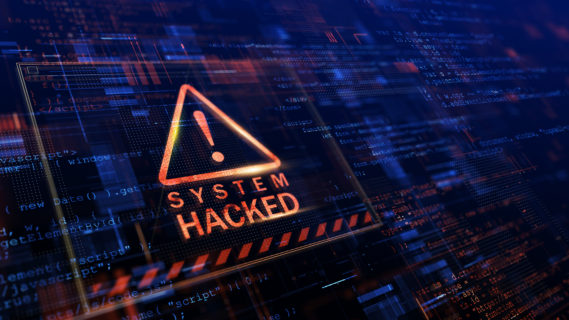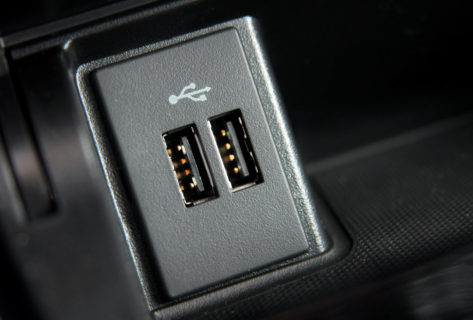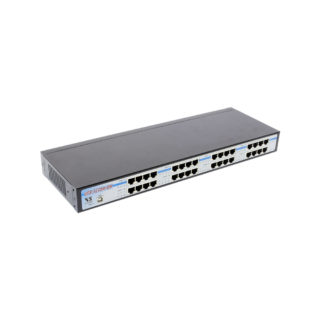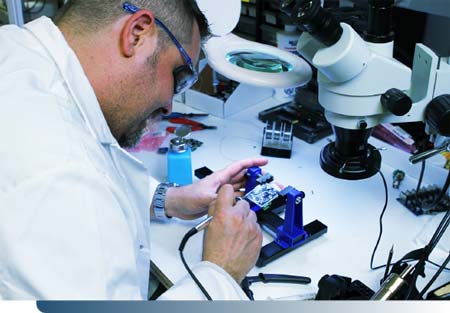Ethernet (IEEE 802.3) network protocols have become the new standard and are the most broadly used these days. One of the most common reasons for ethernet having grown into this leading role is communication speeds. Ethernet is fast. RS485, the fastest of the RS232, RS422, and RS485 family of protocols, maxes out at 10 Mbps. Yet, the more contemporary ethernet protocol can reach maximum communications speeds of 1000 Mbps, a significant difference and important in some applications.
But ethernet has its downsides. It has no built-in method for avoiding data packet collisions. It’s less resilient to the noisy environments of industrial settings, and it’s much more expensive, especially when considered as a replacement for older protocols where they are already installed and functioning well. RS485 performs better on all these fronts when the conditions are right and has the additional advantage of already being installed in many cases.
The RS232 to RS485 converter provides a cost-efficient and time-saving solution to integrating this legacy protocol into contemporary industrial environments.
Reasons to Preserve and Integrate With RS232 to RS485 Converters
The legacy serial communications protocol of RS232 and RS485 are most common in industrial environments with industrial automation, such as with sensors, motor managers, temperature controllers, and control valves, which may communicate real-time data. The electrical interface of RS485 and RS232 is still an essential component globally for industrial businesses, as it is already installed, extremely reliable, affordable to maintain, and relatively simple. It continues to serve its purpose efficiently.
Therefore, there is still an important market for RS232 to RS485 converters, and there are many reasons one may wish to maintain their serial communications as currently installed, while also ensuring they are capable of integrating it with more recent technologies.
Simplicity With Plug & Play Connections
In a technological landscape that is teeming with communication standards, communication engineering that keeps things simple where extra complexity will be superfluous is often an advantage. RS485 often satisfies that need today.
For years RS232 was eminent in the personal computer market and communications market, and RS485 was most prominent in industrial automation settings. Naturally, it eventually became necessary to have PCs communicate with RS485 industrial devices. The high-quality RS232 to RS485 converters that followed had the following features and requirements:
- Power available through the RS232 side is sufficient for most applications. However, in RS485 networks featuring hundreds of nodes, and in significantly longer line lengths, converters should also support external power adapters.
- The half-duplex RS485 interface can communicate with the standard RS232 port without software drivers.
A Wide Range of Transmission Rates
For most legacy applications, rates of 300 bps to approximately 115,000 kbps are sufficient. RS485 supports 10 Mbps at 50 feet and 100 kbps at 4000 feet (maximum). This is why RS485 is still versatile enough to be used in modern industrial applications, and when more than one bus master/driver is needed, such as in process automation (chemical plants, brewing, paper mills), factory automation (automobile production, metal fabrication), and HVAC, security, motor control, and motion control.
Resilience to Electrical Interference and Hazards
The invisible hazard of static electricity in production, manufacturing, and industrial environments is always a concern, from fires to explosions, dealing with accumulating static electricity can be a challenge. Even when sufficiently controlled to account for these other safety hazards, noisy, signal interrupting static electricity can interfere with your communications.
Protecting against voltage spikes and ground loops is relatively simple with externally powered RS232 and RS485 converters because by using optical isolators, which prevent high voltage from affecting the system receiving the signal, usually by transferring electrical signals between two isolated circuits by using light, they guard against interference.
Around For Years to Come
The RS232 standard has firmly embedded itself in the industrial framework globally because of its many virtues. Since the 1960s it has spread and evolved. And even though many newer technologies have come to replace it, there has been a growing demand for technologies that, rather than simply replacing RS232, RS334, and RS484 standards, integrated into contemporary technologies and protocols. This solution saves time, money, and in circumstances where the RS232 protocol is actually preferable, performing better than new technologies, a much smarter choice.



